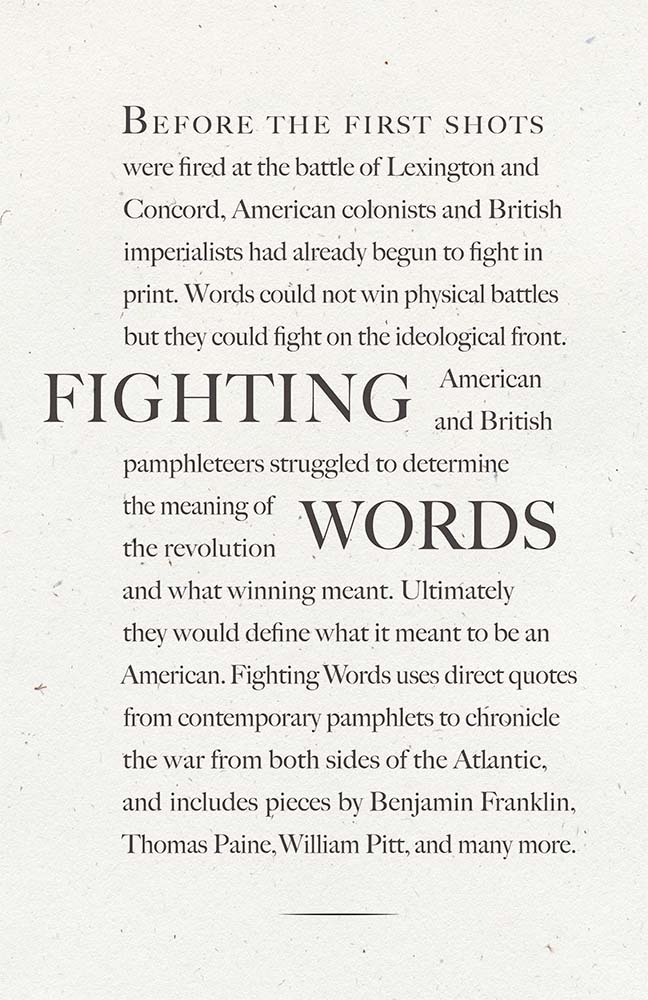Tags
Access Utah, Bob Lippman, Brave Cowboy, Earth First!, Edward Abbey, J. Willard Marriott Library, Ken Sanders, Ken Sanders Rare Books, Luise Poulton, ML Lincoln, Moab, rare books, Salt Lake City, Tim DeChristopher, University of Utah, Utah Public Radio
The Legacy of Ed Abbey on Access Utah
Luise Poulton, Managing Curator of Rare Books at the J. Willard Marriott Library, University of Utah, joined Bob Lippman, (retired) environmental lawyer, activist and educator; Ken Sanders from Ken Sanders Rare Books in Salt Lake City; and filmmaker ML Lincoln on Utah Public Radio’s Access Utah.
The group discussed Edward Abbey’s political philosophies, rooted in traditions of anarchism and civil disobedience; the rise of Earth First! out of Abbey’s writings; and “monkeywrenching” today, including Abbey’s influence on activists like Tim DeChristopher. A screening of ML Lincoln’s new film about Abbey and his legacy,“Wrenched,” shows in Salt Lake City on March 6th and an Abbey retrospective takes place in Moab on March 14th and 15th.
Listen on Utah Public Radio’s Access Utah
View the Rare Books’ online exhibition, “Brave Cowboy: An Edward Abbey Retrospective”






















You must be logged in to post a comment.